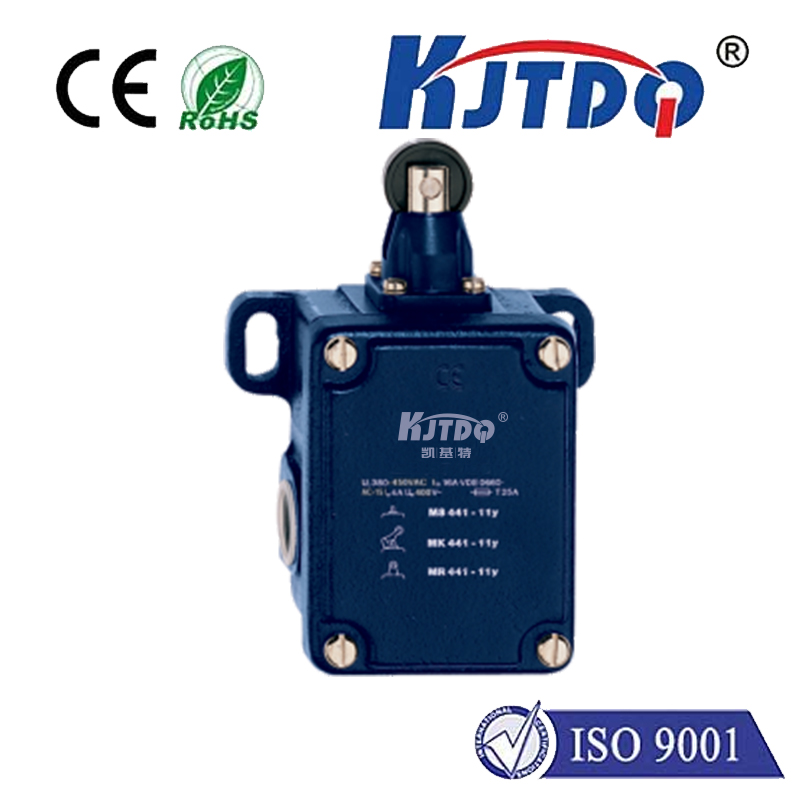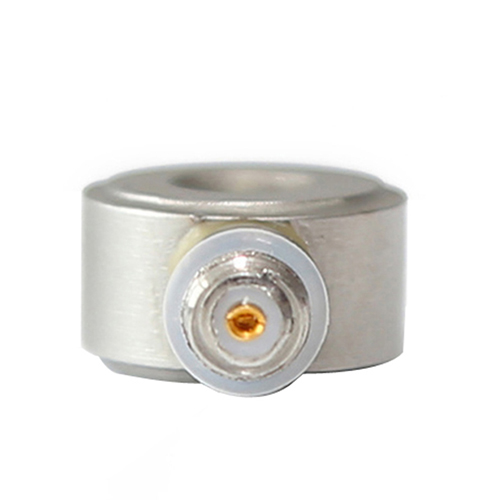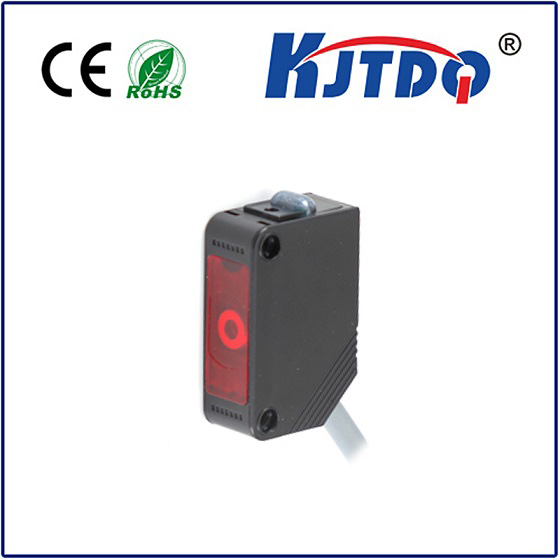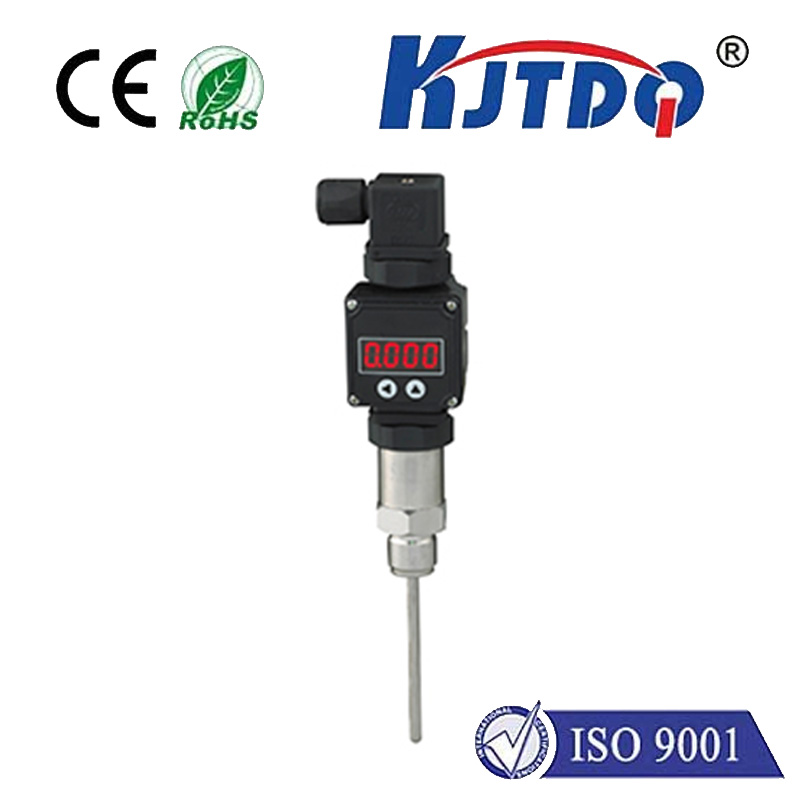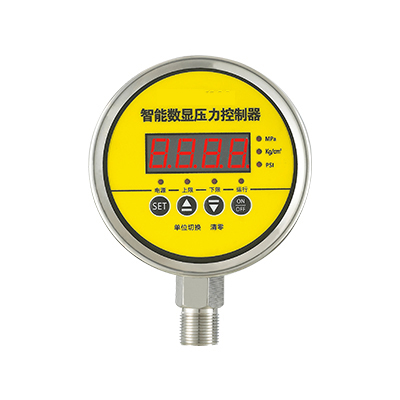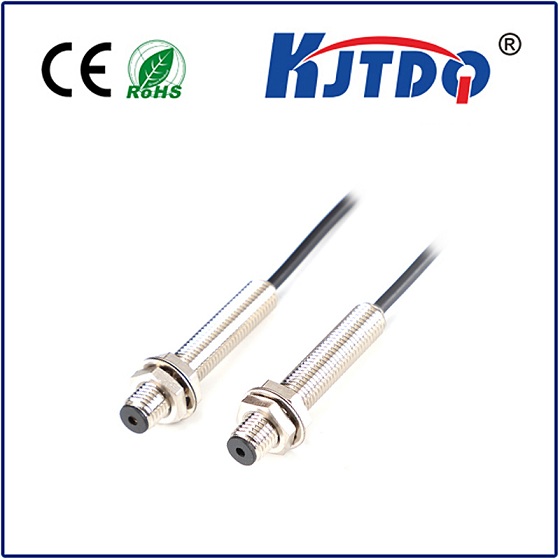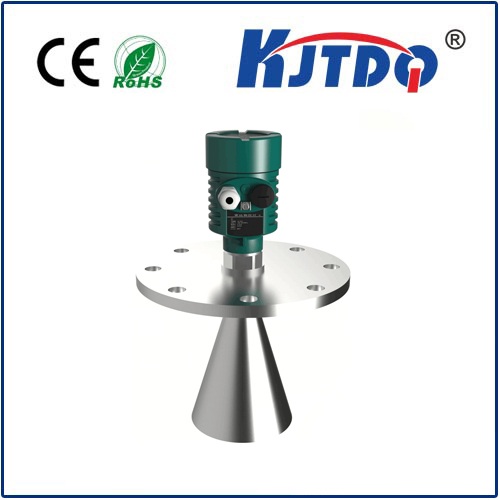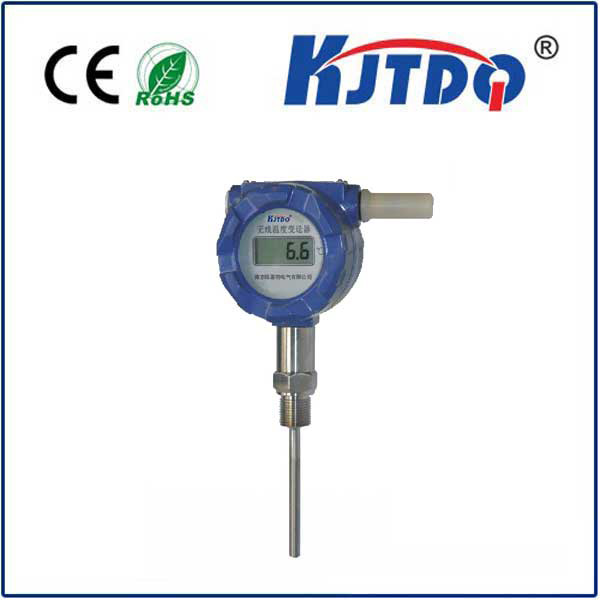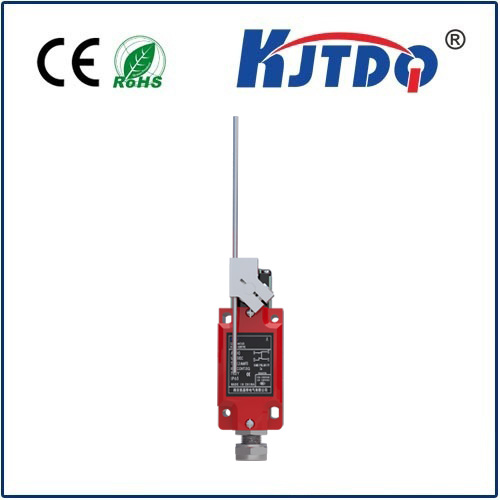

check

check

check

check

check

check

check

check

check

check
The Evolution of Technology: Small Photoelectric Sensor
In the ever-evolving world of technology, small photoelectric sensors have become increasingly popular. These tiny devices are used in a wide range of applications, from industrial automation to consumer electronics. In this article, we will explore the history and development of small photoelectric sensors, as well as their current applications and future prospects.

The concept of using light to detect objects or measure distances is not new. The first known use of a photoelectric sensor dates back to the late 1800s when scientists discovered that certain materials could produce an electric current when exposed to light. However, it was not until the mid-20th century that small photoelectric sensors began to be developed for practical use.
One of the earliest applications of small photoelectric sensors was in the field of industrial automation. Manufacturers needed a way to accurately and efficiently monitor the production line, and small photoelectric sensors were ideal for this purpose. They could be used to detect the presence of products on conveyor belts, count items passing through a machine, and even measure the dimensions of products.
As technology continued to advance, small photoelectric sensors became more sophisticated and affordable. This led to their widespread adoption in various industries, including automotive manufacturing, healthcare, and aerospace. For example, small photoelectric sensors are commonly used in self-checkout systems at grocery stores, where they scan barcodes on products without the need for human intervention.
Today, small photoelectric sensors are found in many everyday devices, such as smartphones, tablets, and laptops. They are used to control touch screens, track movements, and even enable facial recognition software. As technology continues to evolve, it is likely that we will see even more innovative uses for small photoelectric sensors in the future.
In conclusion, small photoelectric sensors have come a long way since their early days in industrial automation. With their ability to detect objects and measure distances with incredible accuracy, they have become an essential component in many modern technologies. As we look towards the future, it is exciting to imagine all the new ways that small photoelectric sensors will continue to shape our world.
